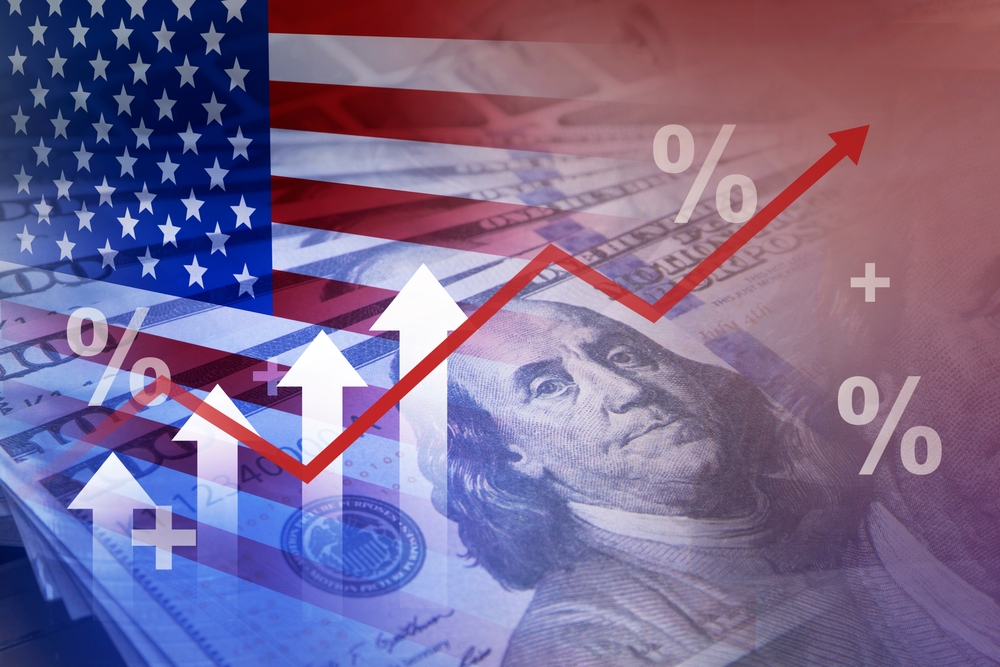After some very volatile summer months in the financial markets, we are back to where we were in June. At first glance, not much seems to have changed. The two most important risk-free interest rates are again at their highest level since the beginning of the year. The German 10-year government rate is around 2%, the US government rate is around 3.75%, and the most important stock market indexes in Europe and the United States are back at their June levels.
Yet, appearances are deceptive. Indeed, much has changed. Needless to say, the escalation of the past few weeks in the war between Russia and Ukraine is not good news for financial markets. The uncertainty about how this situation will evolve further is weighing on stock market sentiment. It is especially Europe that is bearing the brunt.
- This brings us to a first item that has changed in recent months. The euro has weakened further. We have highly diversified outside of the eurozone in our portfolios. The further strengthening of the US dollar is already something which, in these difficult times, is working in our favour.
- A second major change concerns monetary policy. In recent months, the FED and the ECB have made it very clear that they will continue to raise interest rates. In the meantime, interest rate markets have priced in a ‘terminal rate’ for the FED Funds Rate of 4.5% and 3.25% for the ECB rate. The ‘terminal rate’ refers to the highest point of both official interest rates that is expected by investors in the coming months. In this area at least, there are no surprises or ambiguity for investors. Financial markets around the world have been trying to discount this news. Now, the consequences of this monetary tightening will also find their way into the real economy and real estate markets. How long this fight against inflation will last, and how successful it will be, is a matter of conjecture. That is why we are sticking rigidly to our large positions in inflation-linked bonds which, for more than two years, have provided great protection in the current climate of high inflation and rising interest rates.
- Finally, a third major change is the sharply deteriorating outlook for global economic growth. This has pushed equity markets back to 2022 lows, down about -20% from the start of the year. However, we only select one pocket of possible over valuation and these are the ten largest companies in the S&P500 index. These last bastions of the incredible trend of passive investing of the past ten years are still trading expensively with price/profit ratios well above 20. But these are also tidy companies with the most attractive balance sheets, with no debt. In other words, there is a strong argument to be made for the fact that these companies are trading relatively more expensively than the rest of the market. The other 490 companies that make up the S&P500 are trading at an average of 15 times earnings. The rest of the world (Europe, Asia, small and midcaps in the US) is trading at 11 times earnings. Thus, many companies have already factored much of the current recession into their share price. Even so, it looks like we will be in difficult economic waters for some time to come. Our unwavering focus on the quality and valuation of the companies assures us that we will also weather this crisis successfully.
Conclusion
As with the outbreak of the pandemic, now more than two years ago, we are once again doing our utmost to guide the assets of our clients through this difficult period as best as we can. Also, consider the fact that the prospects for you as an investor look better today than they did at the beginning of the year.
Especially for the bonds, the outlook is among the best of the past 10 years. Finally, we can once again buy attractive interest rates of around 3% to even around 5%. But, of course, this reasoning applies equally for the equity portion. Whether we have reached the bottom is not at all certain. Perhaps there will be another short period in which the equity markets will be somewhat lower than they are today. However, any further fall on top of the current -20% is a buying opportunity for the future. In other words, it is also important to stick to your long-term plan even in these times, unless your patrimonial and family situation has undergone significant changes. This is first and foremost the risk profile that you have chosen. Volatility in financial markets creates unease for many investors, but is often a poor advisor for making drastic decisions.



